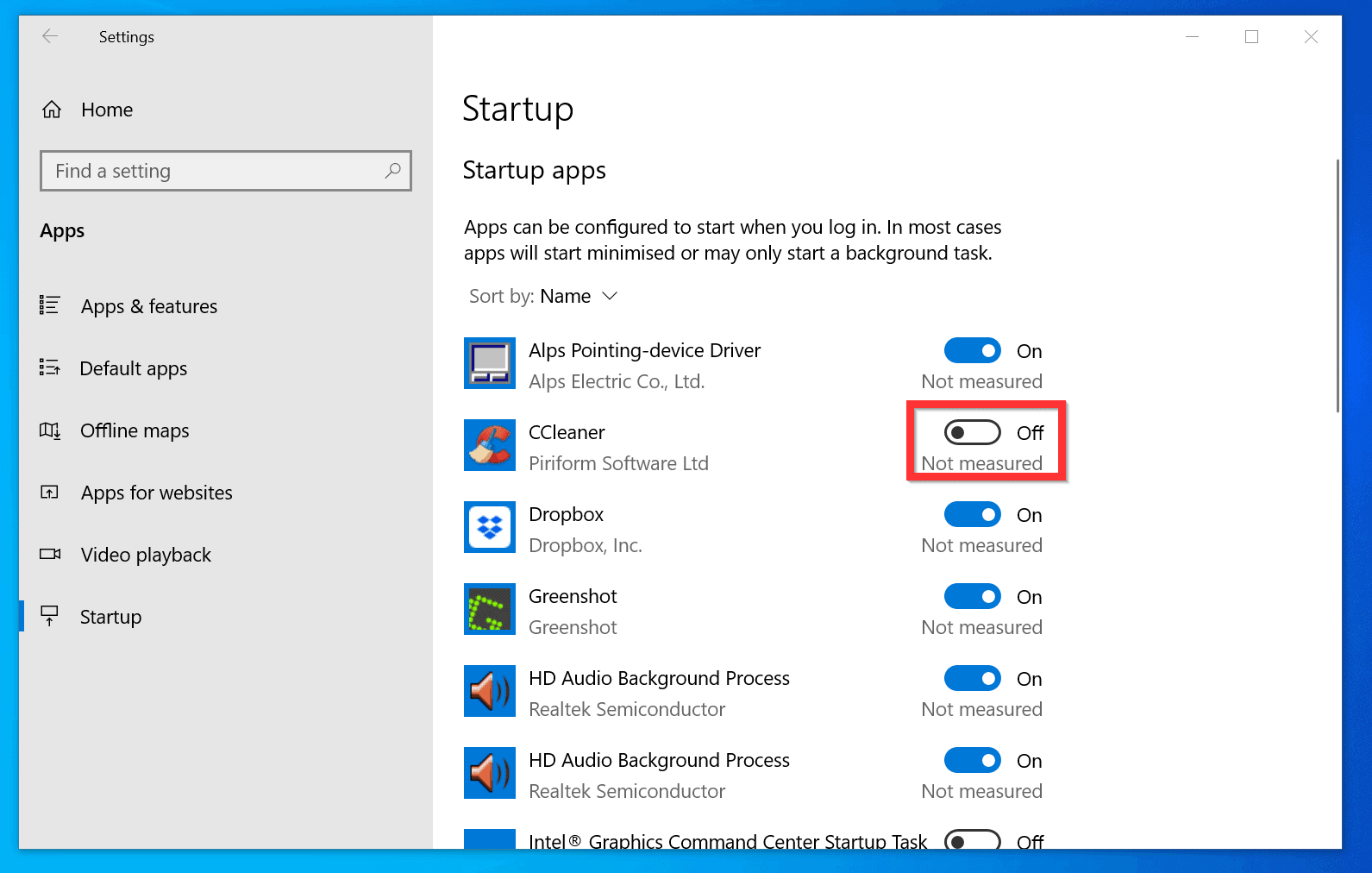

SI (Session ID) – is the process session ID (0 means running for all sessions, 1- running for the first logged on user, 2 - running for the second logged on user, etc.3.)Right Click on the exe -> Compatibility -> Run as. Kill a process by its name by executing this cmdlet: Stop-Process -Name ProcessName. 2.)Right Click on the shortcut -> Compatibility -> Run as admin is unchecked. Type the command Get-Process for you to see the list of running processes. I checked the following places: 1.)Right Click on the shortcut -> Advanced -> Run as admin is unchecked. CPU(s) – a CPU time used by the process (time on all CPUs is counted) I do not want it to run with elevated privileges but I have not been able to figure out how to turn it off.WS(K) – the size of physical memory (in KB) used by the process (Working Set).PM(K) – the size of the process memory that may be paged.This is the size of the process data (in KB) that is never paged on disk Click or tap the arrow to the left of your system tray to view all system tray icons, then right-click and close any applications you don’t want running in the background.

If you already have a command line app open in a Windows Console Host and want to change the default setting: Right-click the title bar, then select Properties > Windows Console Host. NPM(K) – is a non-paged memory ( non-paged pool). Open Windows Terminal, then select the Startup tab > Default terminal application > Windows Console Host.Handles – the number of input-output file descriptors ( handles) opened by this process.By default, these properties of running processes are displayed:


 0 kommentar(er)
0 kommentar(er)
